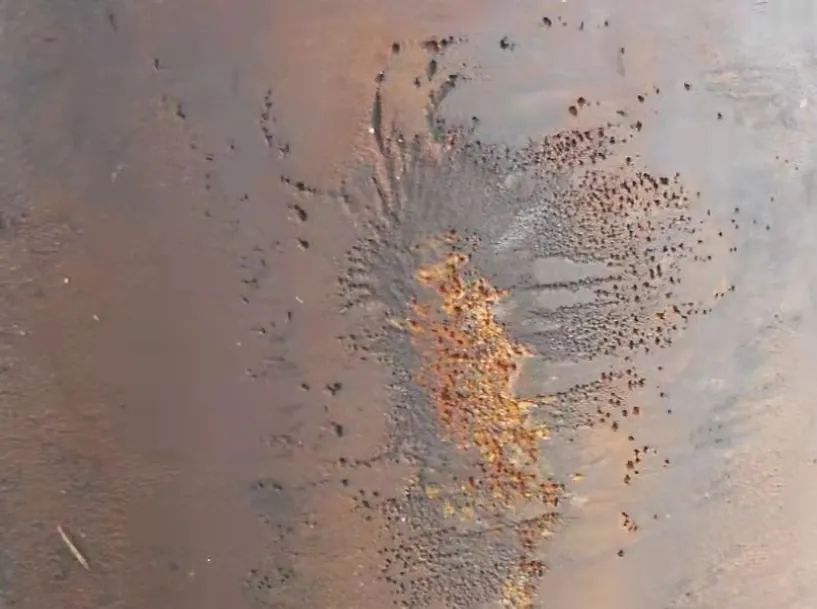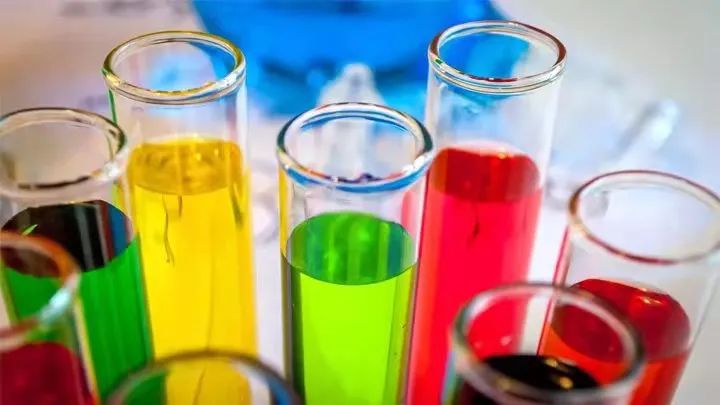Did you know? Antifreeze coolant is classified into organic (OAT) and inorganic (IAT) types. The terms 'organic' and 'inorganic' here refer to the type of corrosion inhibitors in the coolant's composition. What is a corrosion inhibitor? Also known as a corrosion inhibiting additive, it is arguably the most crucial component reflecting the quality of antifreeze coolant. As the name suggests, the role of a corrosion inhibitor is to prevent corrosion. Where does it prevent corrosion? The answer is that it prevents cavitation and rusting of the metal components within the engine cooling system's pipelines.

Why is it necessary to prevent corrosion? This is because the main components of antifreeze coolant are deionised water and ethylene glycol solution, and metal cannot avoid corrosion in such a solution. Therefore, corrosion inhibitors must be added to engine coolant to slow down corrosion, thus achieving corrosion protection for the engine and cooling system.
What is the difference between organic and inorganic? Ordinary inorganic antifreeze typically uses inorganic salt-type corrosion inhibitors, such as nitrates, silicates, phosphates, borates, and amine salts. In contrast, organic antifreeze uses organic acid-type inhibitors, such as monobasic acids, dibasic acids, tribasic acids, and aromatic acids.

In comparison, formulating organic antifreeze coolant requires more advanced technical expertise than inorganic antifreeze coolant. This is because the organic acid content in corrosion inhibitors directly impacts the anti-corrosion effectiveness; insufficient organic acid content leads to inadequate corrosion protection, while excessive organic acid content may affect the clarity of the coolant. The anti-corrosion effect of a single organic acid is significantly lower than that of multiple organic acids working synergistically. Therefore, finding the optimal type and quantity of organic acids is a crucial issue that coolant formulation engineers need to address. Additionally, the cooling system pipelines are not composed of a single metal, and different metals have varying corrosion protection requirements. Thus, ensuring that corrosion inhibitors provide effective protection for different metals is another challenge for formulation engineers to solve.
Which is better, organic antifreeze coolant or inorganic antifreeze coolant? Compared to inorganic antifreeze coolant, organic antifreeze coolant has significant advantages. One of the greatest advantages is its more stable and long-lasting anti-corrosion effect. This is because, unlike inorganic coolant, organic engine coolant adheres to the metal surface in the form of an adsorption film, making the active ingredients of the corrosion inhibitor less likely to be consumed. Consequently, the lifespan of organic antifreeze coolant is much longer than that of inorganic antifreeze coolant, lasting at least three years or 100,000 kilometres, and its formulation is also more environmentally friendly. Coolmedia's organic engine antifreeze coolant (OAT) offers five major advantages, providing long-lasting protection for the engine cooling system.
In the course of everyday use, if you notice an increase in antifreeze, it is essential to pay attention! Firstly, we must confirm the antifreeze's liquid level when the car is cold. This is because, when the car is hot, the antifreeze temperature is too high, causing the liquid level to rise normally, making the liquid level height inaccurate.
However, if you observe the coolant reservoir's liquid level rising when the car is cold, it might be due to other substances mixing into the water circulation system. Typically, the cooling cycle is a closed loop. If you find oil floating on the surface of the auxiliary reservoir, it is likely engine oil has seeped into the cooling system, which could directly lead to blockage in the water channels.
The primary reason for engine oil seeping into the water channels is usually the ageing and damage of the cylinder head gasket. Therefore, if such a situation arises, you should promptly visit a car repair shop to have the cylinder head gasket damage inspected.
In addition to this situation, other causes such as blockage in the cooling water path or water pump erosion could also lead to similar issues.
In summary, timely replacement of antifreeze is crucial. The 【Coolmate】 Engine Antifreeze Coolant -35℃ is formulated with polyester-grade ethylene glycol and deionised water, blended with imported new bio-additives. It provides sixfold protection against freezing, boiling, corrosion, rust, scale, and bacteria. It effectively suppresses foam generation without reducing the heat exchange performance between the antifreeze and engine components. It offers effective protection for aluminium, copper, cast iron, and tin alloys at high temperatures, inhibiting corrosion and rust to ensure good thermal conductivity. Its lifespan extends up to approximately 3 years or 100,000 kilometres.

Contact information: 400-806-3099
Email: 524791226@qq.com
Address: No.1 Jiuwei Road, Dakoutun Industrial Park, Baodi District, Tianjin
Tel: 400-806-3099
Email: 524791226@qq.com